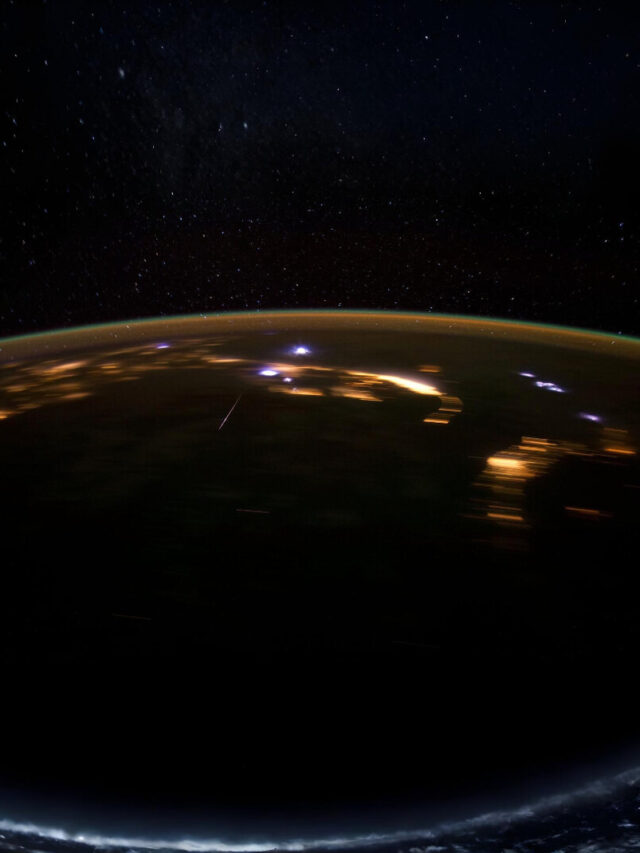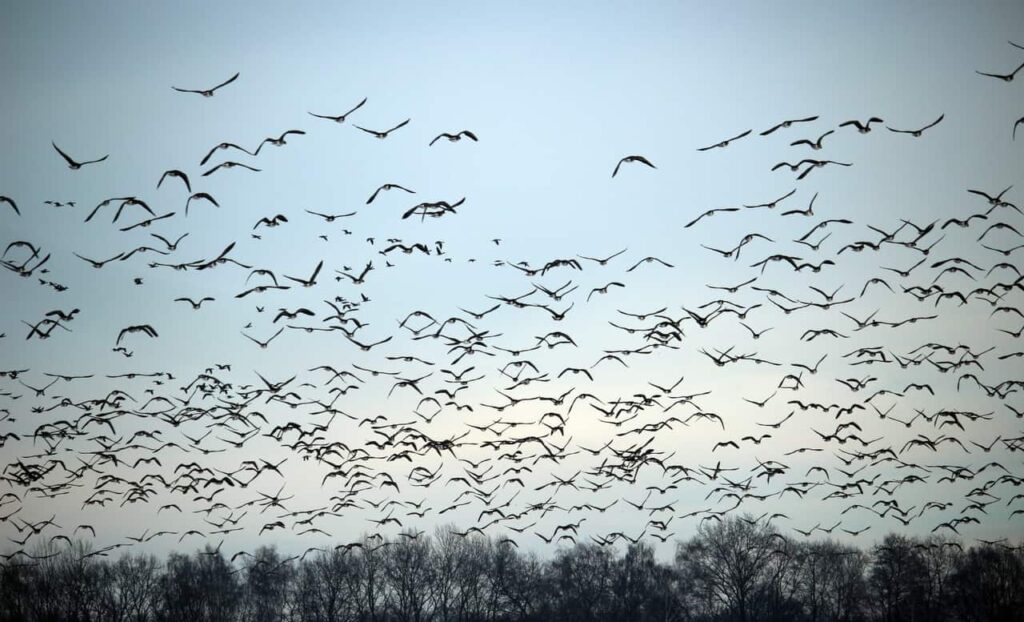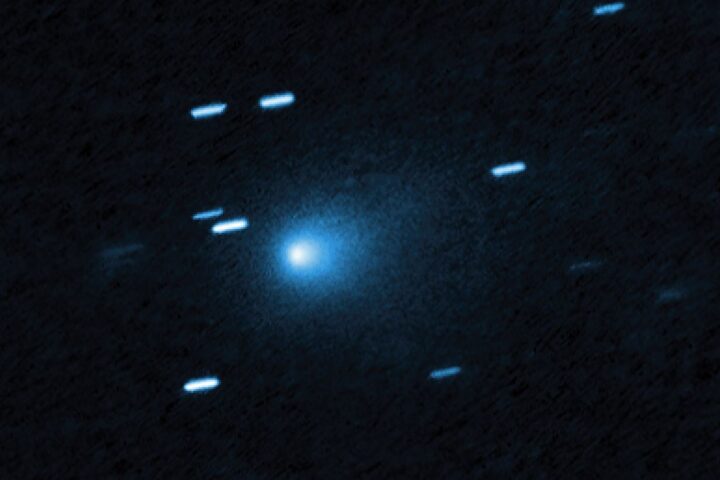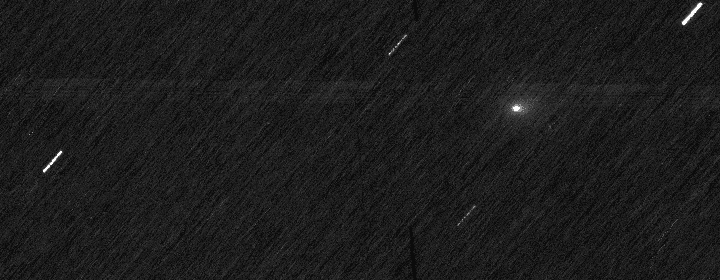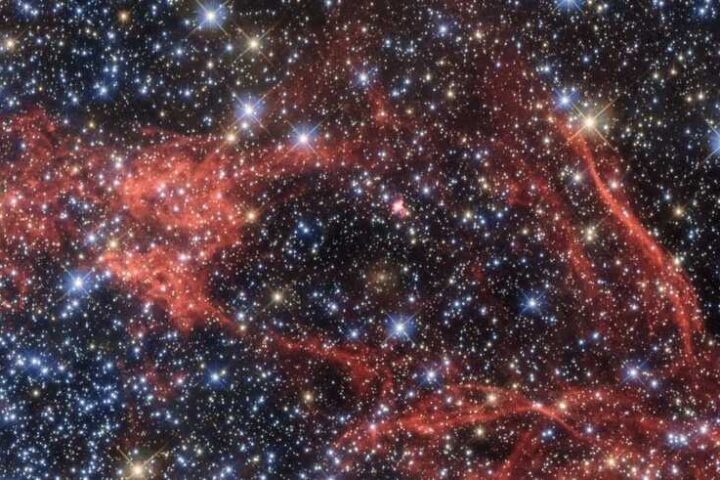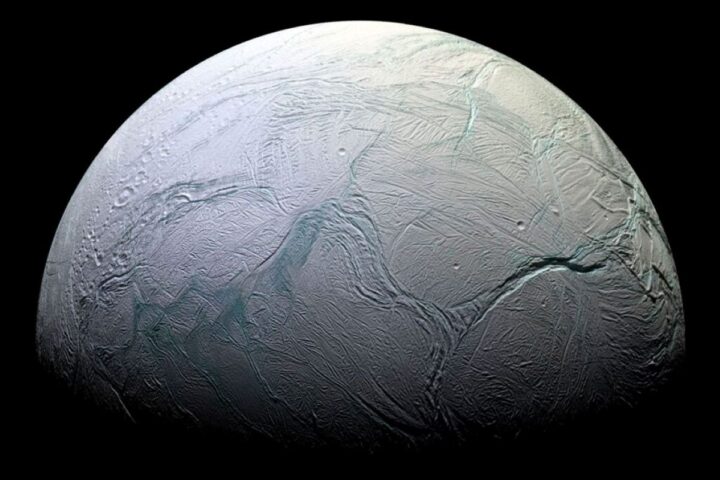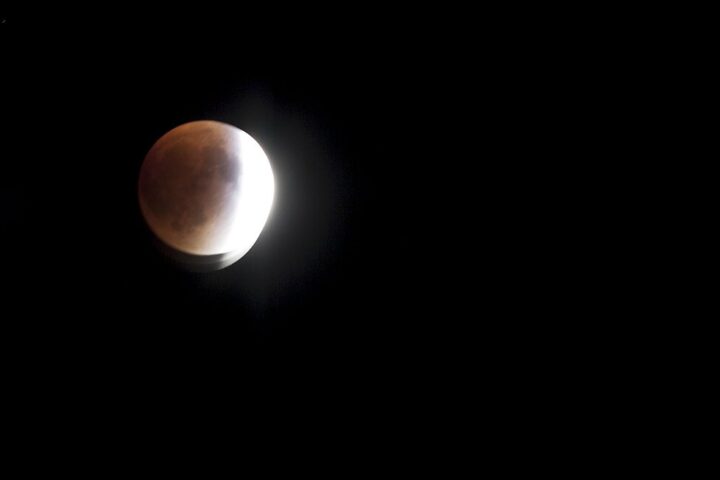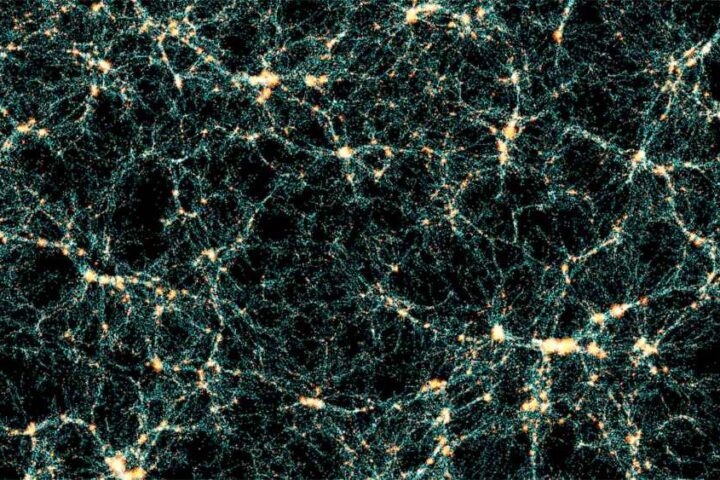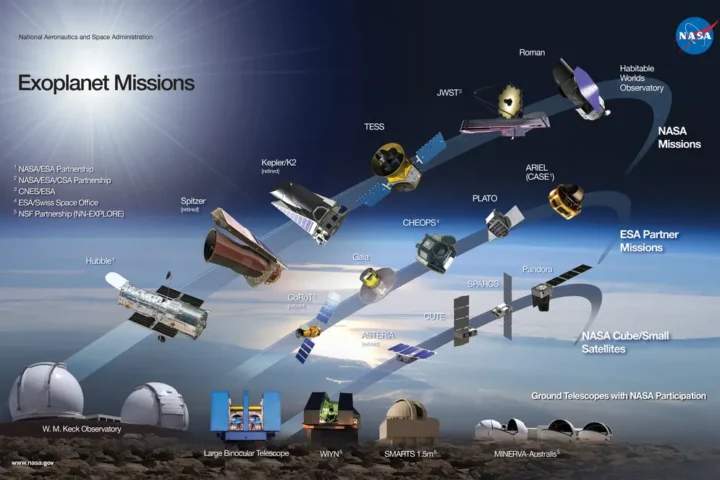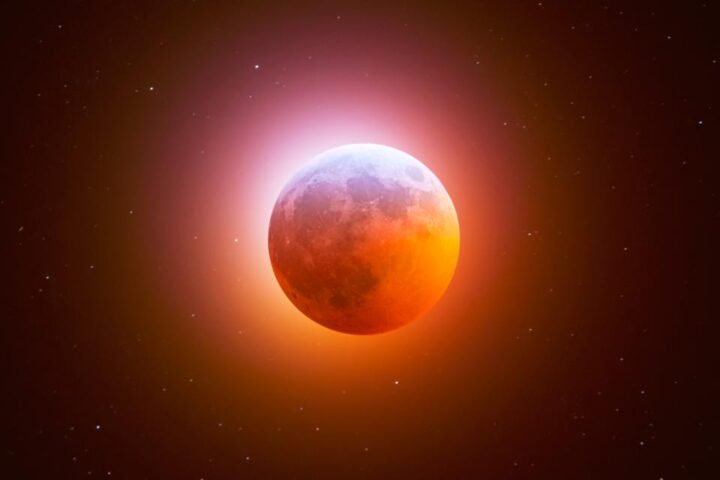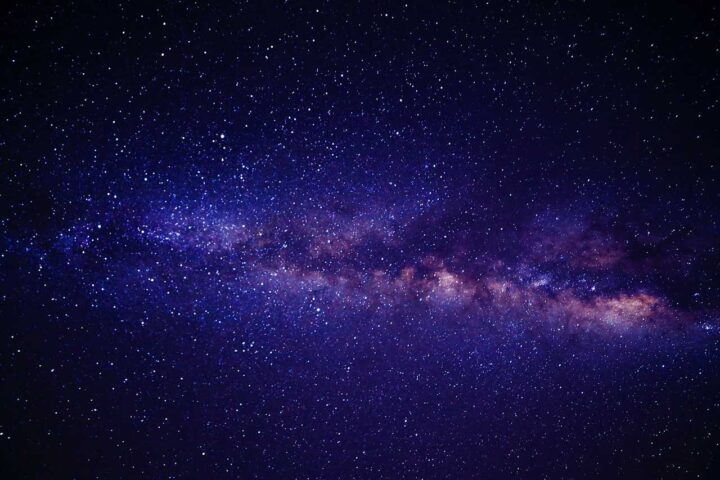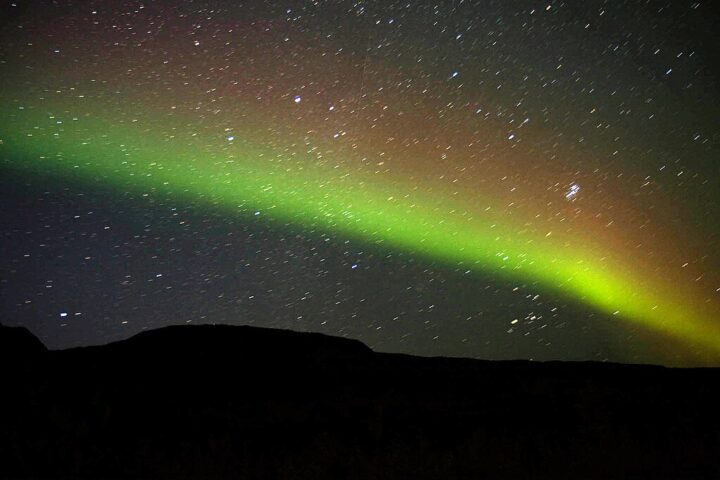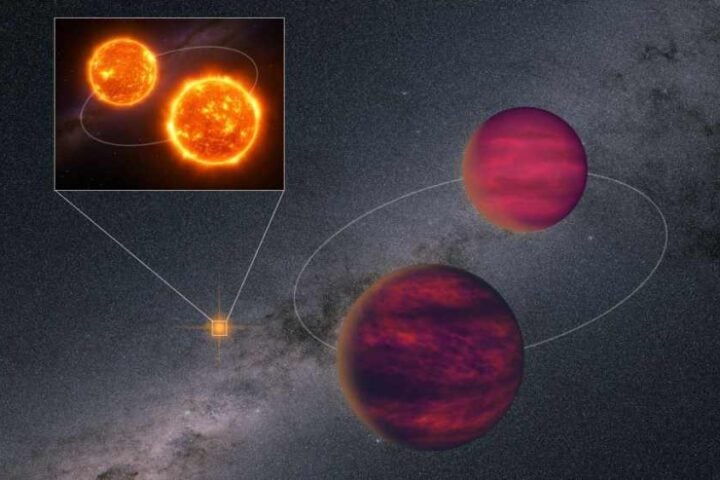UK skywatchers have a treat in store tonight as the Lyrid meteor shower reaches its peak. This yearly event fills the night with brief streaks of light as Earth travels through cosmic dust.
When to watch
The Lyrids are active from April 16 through April 26, but the display intensifies tonight (April 21) and early tomorrow morning. Astronomers suggest the prime viewing window falls between 3-5 AM, particularly near 5 AM when the shower’s source point climbs highest overhead. The first meteors may appear as early as 10:30 PM, with frequency increasing towards dawn.
During the peak, clear skies away from light pollution may reveal 10-20 meteors every hour, though these numbers can sometimes surge unexpectedly. Dr. Nick Moskovitz from Lowell Observatory noted that about 10 years ago, the Lyrids had an unexpected outburst with over 100 meteors per hour that nobody saw coming. The waning crescent moon rises around 3:30 AM but at only 27% full, it shouldn’t block many meteors from view.
Weather outlook
Tonight offers promising viewing conditions across most of Britain. BBC Weather presenter Matt Taylor reports: “Despite cloud and rain crossing most areas during the day on Monday, skies will be fairly clear for many on Monday night. Only parts of northern Scotland are expected to hang on to cloudy conditions.”
Similar Posts:
For Tuesday night, “much of Scotland and eastern England will offer the best opportunities for star and meteor spotting. Many other parts of the UK will see cloud and rain edge in from the west,” Taylor adds.
The science behind the show
These meteors originate from small fragments left by Comet Thatcher, which completes one orbit around the sun every 415 years. This comet was last observed in 1861 and won’t return until 2283.
Each April, Earth crosses this debris field, causing particles to enter our atmosphere at 47 kilometers per second (106,000 mph). They burn about 100 kilometers above ground level, creating the light flashes we call shooting stars.
Records of the Lyrid shower date back 2,700 years, making it one of our oldest known meteor displays.
Viewing tips
To maximize your meteor-spotting chances:
- Select a location away from artificial lights
- Allow 15-20 minutes for your eyes to dark-adapt
- Face toward the eastern sky, near the bright star Vega
- Bring a reclining chair to prevent neck discomfort
- Wear warm clothing
No special equipment is necessary – your unaided eyes work best for spotting meteors across the wide sky.
Special features
What sets the Lyrids apart is their chance of producing exceptionally bright meteors called fireballs.
Dr. Nick Moskovitz explains: “The Lyrids have a wide range of particle sizes, from talcum powder to grapefruit-sized particles. They’re unique due to the large particles left behind by Comet Thatcher.”

These bigger fragments create brighter, more dramatic flashes visible even from somewhat light-polluted areas.
This celestial display follows just days after Northern Lights appeared across much of Britain, giving stargazers another reason to look skyward.
Those who miss tonight’s event can look forward to the Eta Aquarids meteor shower, which peaks on May 5 with 40-60 meteors per hour expected.
